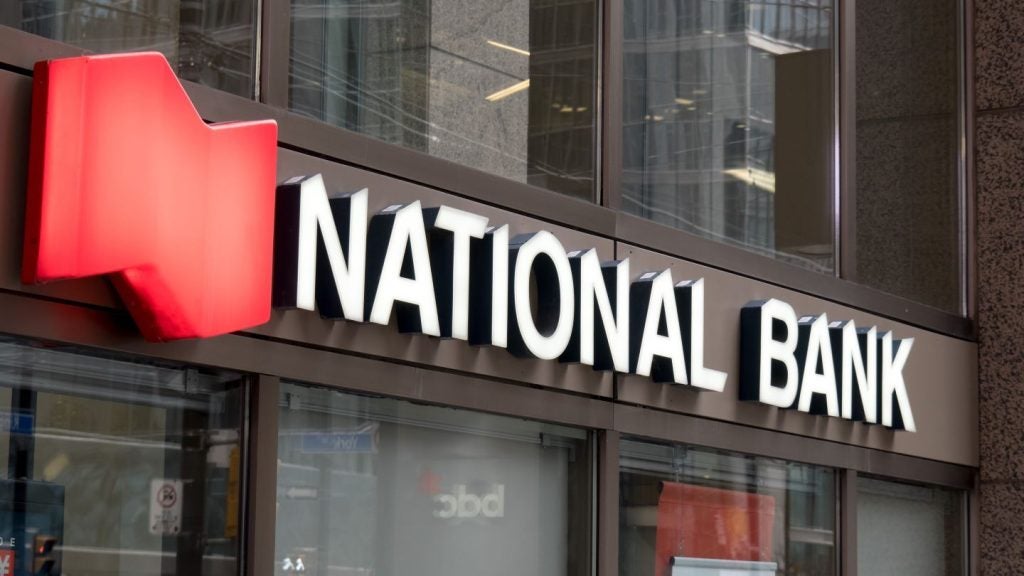Harnessing data analytics will accelerate a new era of digital banking to better understand customers and provide more tailored services. Briony Richter speaks to Tomás O’Midheach, COO at Allied Irish Bank (AIB), about transforming the customer relationship.
The ability to better engage with customers and provide the best services will continue to be driven by data.
Tomás O’Midheach was appointed to the role of COO in February 2016. He has over 23 years of experience in the financial services industry, and before becoming COO he was AIB’s chief digital officer. As COO, O’Midheach is responsible for AIB’s operating platform, security, digital strategy, operational services and cost-management initiatives.
Speaking to RBI, O’Midheach says: “Before I was COO I was chief digital officer and was responsible for the digital strategy. I was appointed chief digital officer in 2014 in charge of accelerating the next cycle, and the next cycle was driven out of the fact that we had been really successful in digital.
“Of course, the data requirements were putting a lot of strain on our infrastructure, so to continue engaging proactively with customers we had to also ramp our technology.”
Customer engagement remains a high priority in the banking sector, but as customer needs evolve, the challenge of keeping up becomes even more difficult.
How well do you really know your competitors?
Access the most comprehensive Company Profiles on the market, powered by GlobalData. Save hours of research. Gain competitive edge.

Thank you!
Your download email will arrive shortly
Not ready to buy yet? Download a free sample
We are confident about the unique quality of our Company Profiles. However, we want you to make the most beneficial decision for your business, so we offer a free sample that you can download by submitting the below form
By GlobalDataGenerating those long-term relationships requires innovation from back to front, and banks can only achieve this by being constantly connected with their customers. However, this requires a lot of time and effort.
O’Midheach continues: “We focused on what I call a complete, connected, consistent experience with the customer, so that they could communicate with us on all channels. That meant that all products and services would be on all channels, and the experience would be the same.
“We connected all the data in the back end and processed that data, and seek to get that back to the customer in real time. That process has really been the cornerstone of what we have been trying to do.”
Building a strong connection with customers demands a transparent dialogue and trust. Using data proactively has allowed AIB to make smarter decisions in order to better understand customer behaviour. This has now translated into the bank offering improved services and gathering a loyal customer base.

Infrastructure
AIB is doubling down on its use of digital technology, and updating the infrastructure to facilitate demand.
Banks need to strive to hold on to that emotional connection in order to boost overall customer satisfaction.
“Customer expectation has increased so much with digital. Nothing can go wrong, and that has placed significant amounts of added requirements on our platform architecture because of the massive data requirements, the speed and the fact that it had to be there 24/7,” O’Midheach notes.
“There was a lot of work involved. We completely replaced our payments platform, a retail payments platform, a business payments platform, a treasury platform – they are about 70% complete, because each one takes about four years.”
However, replacing platforms meant AIB stayed ahead of the game and avoided a reprimand by the Competition and Markets Authority (CMA). O’Midheach highlights that it is critical to invest in order to adapt to a new ecosystem of regulation.
He notes: “I think it was a combination of things, not least that we had embarked on these programmes. We were a good way down the line to developing the platforms, and in a good position for achieving what was required by the CMA.
“The other thing was, when we went to replace our payments platform, we consciously took a modern architecture construct and used the payments platform as a catalyst for us to work with new patterns of tech. We took that approach, and that enabled us to be ahead of the game to achieve the deadline.”
Continuing, he says: “From my perspective, IT architecture has to be incredibly flexible. There are many schools of thought on how to achieve that, but it is essential.”
Undoubtedly, O’Midheach and his team will need to continue upgrading the platforms as customer needs evolve. The aim is to make the infrastructure more adaptable to change, and that will give the bank greater capacity and flexibility to quickly implement necessary changes in the future.
When it comes to cost, O’Midheach explains that digital enables two things: it enables the customer to displace onto the digital channel, and it allows AIB to automate manual processes – at least partially.
In its 2018 interim results statement, AIB reported: “We continue to focus on cost management, simplifying our operating model while delivering the many requirements needed to meet heightened regulatory oversight. Our cost-income ratio was 51%. We are on track to achieve our cost incomeratio target of less than 50% by the end of 2019.”
Fintech relationships
The pace of change in the banking sector is only accelerating. However, rather than sending the whole banking sector into chaos by competing with each other, there is ground for co-operation between traditional banks and the challengers that have entered the market.
It is all about finding the right partner, and working on what sort of relationship will come from it.
Speaking about the changing financial ecosystem, O’Midheach states: “We believe fintech relationships are very important. We are in the process of getting remote account opening and are engaged with a fintech partner for that.”
AIB is one of the latest banks trying to make the experience of opening an account frictionless, with an upgrade to its app that lets users get up and running without the need to visit the branch.
With its remote account opening functionality, AIB will allow customers to open a bank account from mobile devices, and without the need for a utility bill.
O’Midheach continues: “We also invest in the fintech venture fund. So, with that, we may not necessarily use the technology on offer, but we are supporting the ambition.
“We don’t have a fintech that we are incubating within our organisation; we don’t think that would work for us. However, we do always engage with the fintech community.”
AIB embraces the opportunities that can arise from a healthy business partnership with fintechs. The challengers are no longer seen as a threat, but more as an increasingly important part of the industry.
Looking ahead, O’Midheach sees real potential in biometrics, particularly voice recognition. Currently, at AIB, a customer can use facial recognition to authenticate transfers up to €1,000 ($1,160). However, he does highlight that it may not always be digital disrupters that impact the banking sector in the near future.
O’Midheach says: “It is not about worrying what’s next, but having the capacity and flexibility to cope with what comes next. Biometrics is a digital disrupter. Who knows what the human disruptors will be?
“Currently, in Ireland, there are questions over the nature of home-ownership changes. We are seeing a decline in people fully owning homes, so what does that mean for banking when it comes to lending?”
AIB will continue to invest in digital, but the bank understands the importance of looking at the bigger picture and allowing customers to show it what they want.








